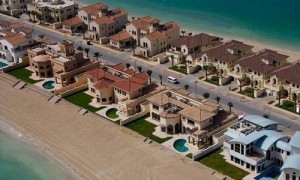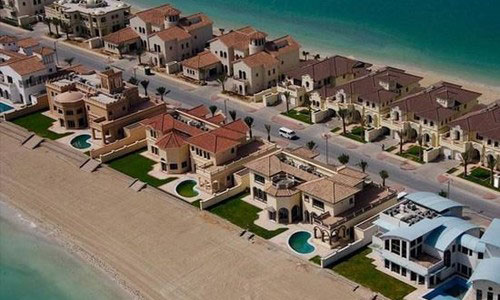 A report by real estate firm Knight Frank says worldwide mainstream house prices marginally avoided falling into negative territory with prices rising on average by 0.1% in the three months to June 2011 and by 1.7% over a 12-month period.
A report by real estate firm Knight Frank says worldwide mainstream house prices marginally avoided falling into negative territory with prices rising on average by 0.1% in the three months to June 2011 and by 1.7% over a 12-month period.
This weak performance shows the extent to which many of the world’s economies are struggling in the wake of the 2008-09 global crisis. Lending, for most developed economies, remains constrained, confidence is low and households’ disposable incomes are waning.
The overall fall in prices can also be partly attributed to the absence of the double-digit annual price growth which was observed in China, Singapore and India during much of 2009 and 2010.
There are clear signs that Asian policy measures, aimed at cooling asset price growth are having some success. Annual price growth in Singapore stood at 6.7% in Q2 2011, down from 37% a year earlier.
Similar patterns are emerging in India and China, which both recorded quarterly price falls in the three months to June, of 1.7% and 0.1% respectively.
Despite these more muted results, Asia continues to be the top-performing continent in terms of house price inflation – a position it has held for seven consecutive quarters.
“As we predicted in Q1 2011 the slowdown in global house prices has continued this quarter. Low consumer confidence in Europe and the US, more muted growth in Asia added to sovereign debt concerns have curtailed demand and consequently price growth. We believe prices will hit a low point in Q4 2011 but with a recovery taking place in 2012,” says Knight Frank’s Residential International Data Coordinator Kate Everett-Alen.
A key component of Asia’s 8% annual growth in Q2 2011 has been Hong Kong’s strong performance. The Hong Kong market has displayed greater resistance to antiinflationary measures, but evidence suggests the tide is starting to turn. In Q2 2011, quarterly price growth reached 3.5%, down from 10.1% last quarter.
The world’s prime or luxury markets appear to be insulated for the moment from this new weaker phase. In fact, global economic and political turbulence has underlined their ‘safe haven’ qualities in the eyes of the world’s wealthy elite.
Looking forward it is difficult to be positive about price prospects in the developed world’s mainstream housing markets. Ongoing low interest rates and other market support measures are likely to spur increased sales activity rather than price growth.





